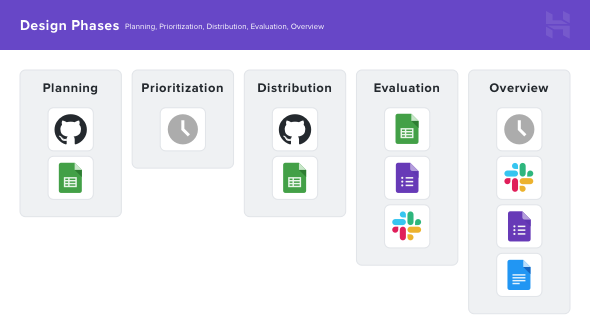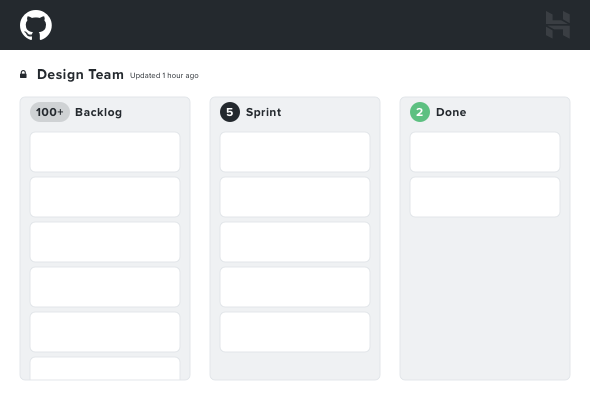How We Run Design Sprints at Hostinger

About a year ago, we couldn’t deliver a new design as fast as we wanted to. It wasn’t clear what we should do and what had been done. We tried implementing Kanban boards, agile scrum methodologies, but none of them fully met our needs. However, we started mixing some detailed guidelines from Fortune’s 100 Best Companies list and came up with our version of design sprints.
Today, we want to share the most important lessons we learned during this journey.
The Challenge
We began brainstorming about the best design process we can think of – fast-paced, high quality, and non-exhausting planning methods were the first things that came to our minds. We wanted tasks to be easily adjustable, capable of being estimated enough so that other teams could plan their work. Here are some of the key deliverables that we needed to use in our system:
- Task – what kind of problem are we solving, and what design is required?
- Delivery time – when do we need to deliver the design assets?
- Assigned designer – who will be responsible for providing the task?
- NPS – will our colleagues be happy with the quality and delivery time?
Phases
We decided to use five elements in our design sprints:
- Planning – gathering all tasks from multi-disciplinary teams and writing them down in our task management system (GitHub and Google Sheets).
- Prioritizing – looking at the bigger picture, planning out the most important tasks of the week during our designers’ meetup.
- Distribution – assigning tasks for the design team, using GitHub to create issues alongside the Google Sheets timeline.
- Evaluation – calculating how many tasks are done, determining the NPS (Net Promoter Score) by sending NPS forms to our colleagues individually, and gathering answers.
- Overview – writing down our strengths and weaknesses during the week and going back to the planning phase.

Planning
For planning, we use GitHub and Google Sheets. Our developers use GitHub, so for the designers, this is a must-have at Hostinger. Other teams assign our designers when they need something in particular, and we add those issues to our backlog.
We create a project on GitHub to reflect this timeline. We divide the tasks into three different columns – Backlog, Sprint Tasks, and Done. The Backlog is where every issue is added, while Sprint Tasks is used for planning for the following week. Once we are done, we move the issue to the Done column.
Prioritization
Every Monday, we have a short 30-minute meeting to prioritize tasks for the upcoming week. We find a cozy environment for all of us to meet. Bringing a cup of coffee along is essential! We mark tasks that are crucial and need fixing fast.
Distribution
We assign tasks to the team members and make sure everyone is confident with what they have to do. If there are any questions about the job, they should be answered before the design creation process.
Evaluation
We believe that work doesn’t reflect your personality, and it only shows your result on a specific task. We try to empower critical thinking and give brief feedback to each other by endorsing a design critique session.
Overview
Throughout the week, there are many different types of tasks – from banners to website designs and even product design systems. In order to improve, we look at our weaknesses and check what we have learned, making any changes to achieve better results.
It’s crazy to think that only a year ago we didn’t have any clear vision on how to handle large-scale tasks with other teams. Today, we successfully cooperate and deliver the expected product – from planning to execution.




Comments
February 18 2020
Wow very exciting to read, very important information. Great plan for building your business.
February 19 2020
Pleased you liked it!